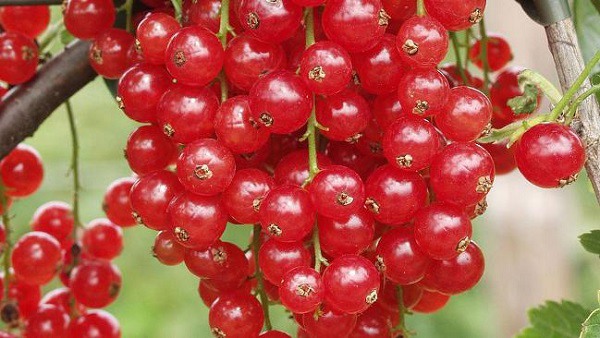Some five kilograms of bush berries were consumed by every German citizen in the 2019/20 marketing year, with raspberries and blueberries being the most popular. This is shown by preliminary figures from the Federal Agricultural Information Center. Red currants. Photo: BLE
Red currants. Photo: BLE
Whether fresh on the hand, in yogurt or as jam on bread: bush berries are popular. Raspberries and blueberries are the leaders in Germany, with an annual consumption of around one kilogram per person each. Currants take third place with 400 grams; of blackberries and gooseberries a total of 200 grams were consumed in the past marketing year. Sea buckthorn, elderberries and other berries accounted for a total of 2.4 kilograms per capita.
Main harvesting season from June to August
The seasonal calendar of the Federal Center for Nutrition (BZfE) shows: The domestic bush berry season kicks off with raspberries from mid-May, followed by blueberries, currants and gooseberries from early June and blackberries around mid-June. In July - and in the case of blueberries and blackberries also in August - the fruits are in peak season and are particularly suitable for eating to the full, preserving, freezing or drying. However, you should not hesitate for long after purchasing, because all bush berries can only be kept for a few days - it is best to eat or process them directly or store them in the refrigerator. Important: Do not squeeze fruit during transport or storage and sort out damaged berries immediately.
Most fruits are served fresh
About 60 percent of the harvested bush berries end up fresh as dessert fruit on the shelves of the supermarket, at the weekly market or at the direct marketer. The remaining berries are processed into preserves, fruity spreads or frozen fruit.
International Year of Fruit and Vegetables 2021
The United Nations has declared 2021 the International Year for Fruit and Vegetables. The Federal Agency for Agriculture and Food (Bundesanstalt für Landwirtschaft und Ernährung, BLE) is involved with fruit and vegetables in various areas. Their website provides an overview of this.
